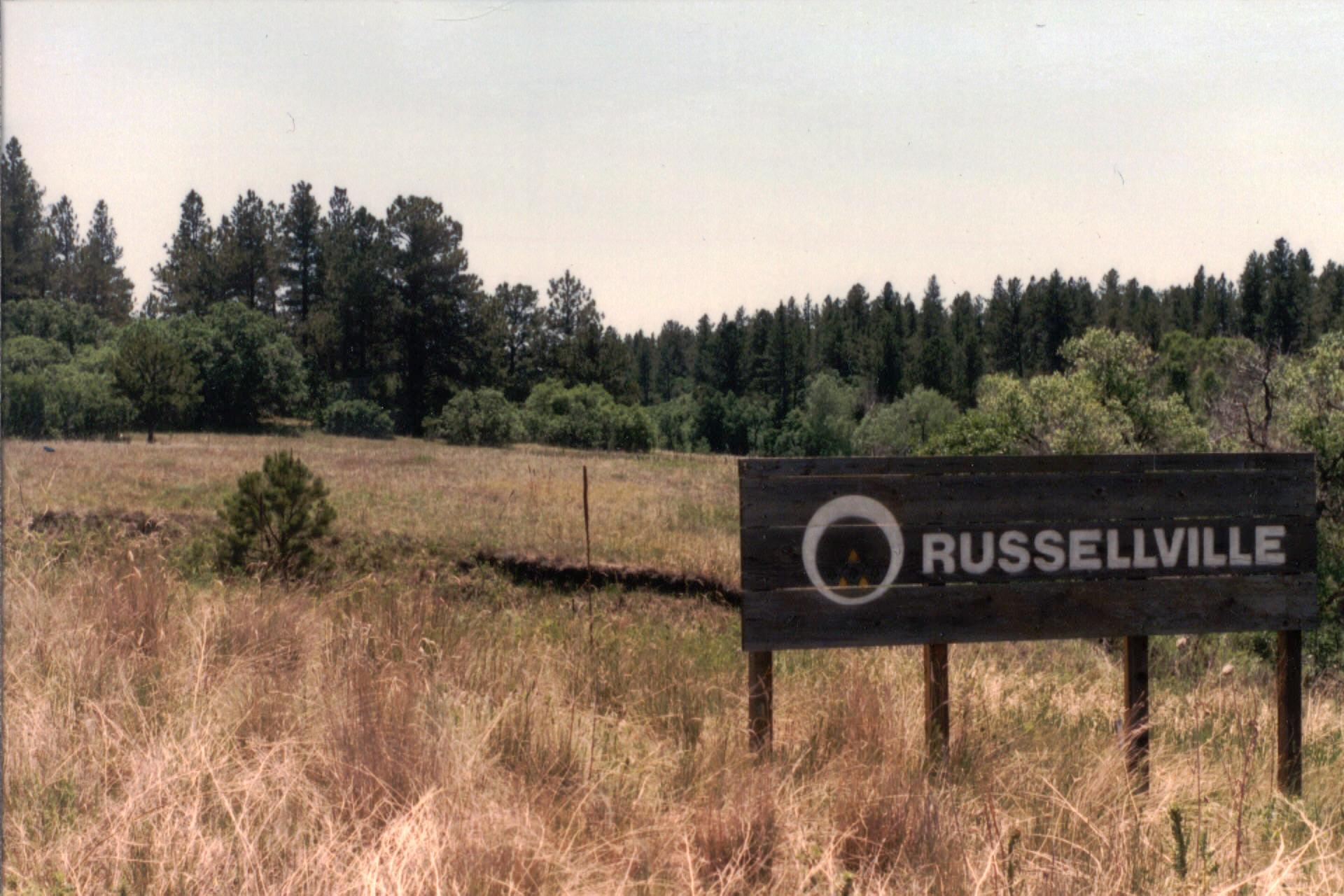The Hunters
Not too long after Wootton's experiences in ghost-busting the first log cabin was built near Fagan's grave. The builder was a hunter named Fleming Neff. Neff was a native Virginian who had brought his family west by stages, settling first in Ohio, then in Iowa, and later in Nebraska. By the time he reached Colorado Territory in mid-1863, his family had grown to include five children. Tabitha at age eleven was the oldest; Hesekiah, Alice, Mary and baby Mallory followed in turn.
Neff settled the children and their mother Mary into a cabin at Point of Rocks while he hunted antelope in the valley that headed West Kiowa Creek. From July to December of 1863 he was able to sell nearly $300 worth of antelope meat to the markets in Denver City. Unfortunately, the increased Indian troubles of the following year forced Neff to abandon his isolated cabin and move his family to Colorado City for safety.
A wooded, hilly area just a mile or so to the northwest of Fagan's grave is known as Neff's Gulch to this day.(1)
Even while Fleming Neff was plying his trade near Fagan's grave two other would-be hunters wandered into the area. Their story was told by 96-year-old Trumon Blancett, himself a pioneer of 1862 and a long-time resident of Canon City, Colorado:
"It was believed that Fagan was the first white man to be buried in Colorado soil. The camping ground was then called Fagan's Grave, and was always referred to as Fagan's Grave until 1863. In that year Jimmy Bloomfield who had been held captive by the Indians, made his escape and came to our camp on Cherry Creek, which was then called Russellville, only fifteen miles from Fagan's Grave. Bloomfield was broken in health and without money and we took care of him until he recovered.
 Site of Russellville
Site of Russellville
"In the fall of 1863, he and a comrade scout decided to return to Fagan's Grave and build a cabin and hunt and trap during the winter, as that was the only souce of making a little money. We loaned them a leather tent to live in until they could build a cabin, and they carried their equipment on two pack animals.
"They reached Fagan's Grave in the worst blizzard of the winter, and before they could locate wood under two feet of snow, they and their animals froze to death.
"This happened in the middle of December, 1863. In April, 1864, brother John and I went in search of them. We found them and buried them under piles of stone."(2)
The graves of Jimmy Bloomfield and his companion seem to have remained undisturbed for several decades. They were seen and commented on by several later settlers. Both were covered with rocks and reportedly much closer to West Kiowa Creek than Fagan's grave. During the great flood of 1935, however, these two later graves were completely washed away, leaving undisturbed only the orignal grave of teamster Michael Fagan.
Next Page
Home Page©1999 2000 Richard Gehling
E-mail me.
FOOTNOTES -
(1)- Much of the information on Fleming Neff comes from Matthews, Carl F. & E.C. Early Days Around the Divide. (Sign Book Co.; St. Louis, 1969).
(2)- Trumon Blancett Folder, Colorado Springs Pioneers Museum.
